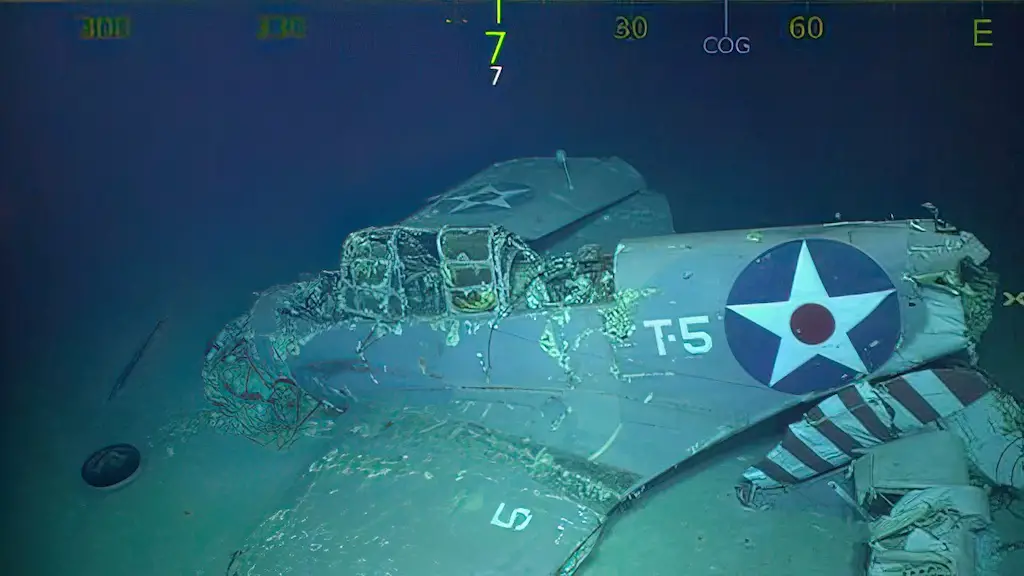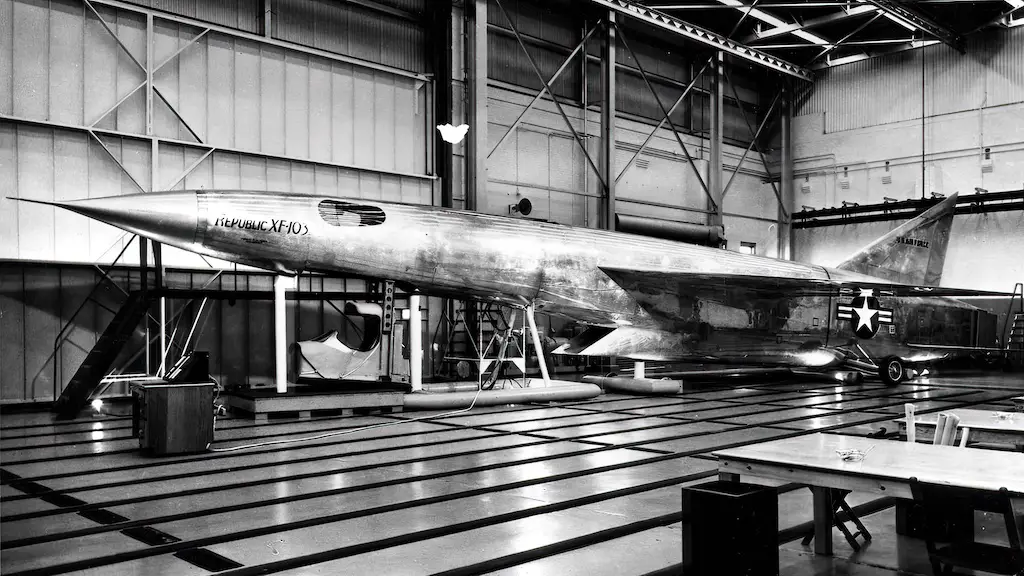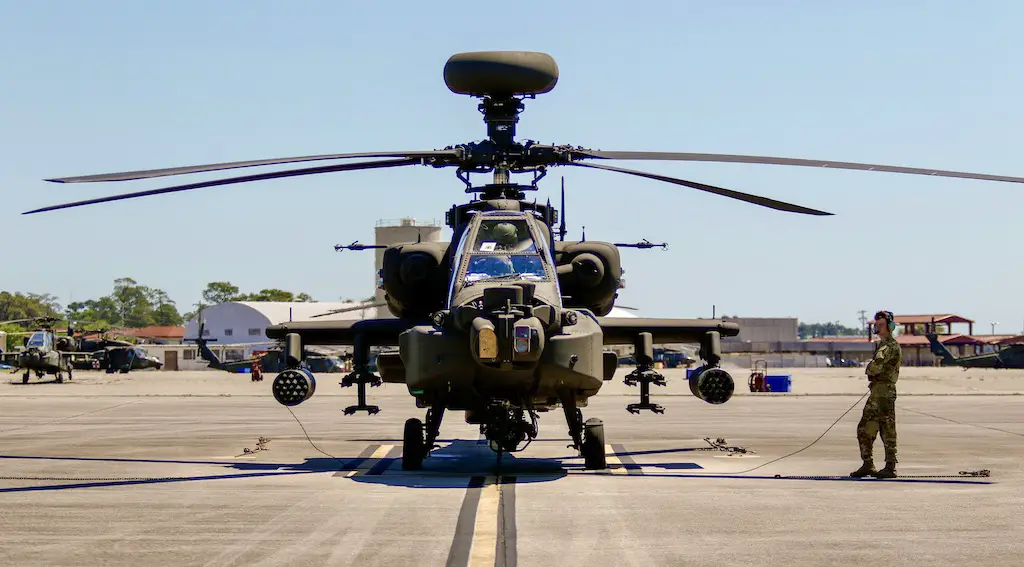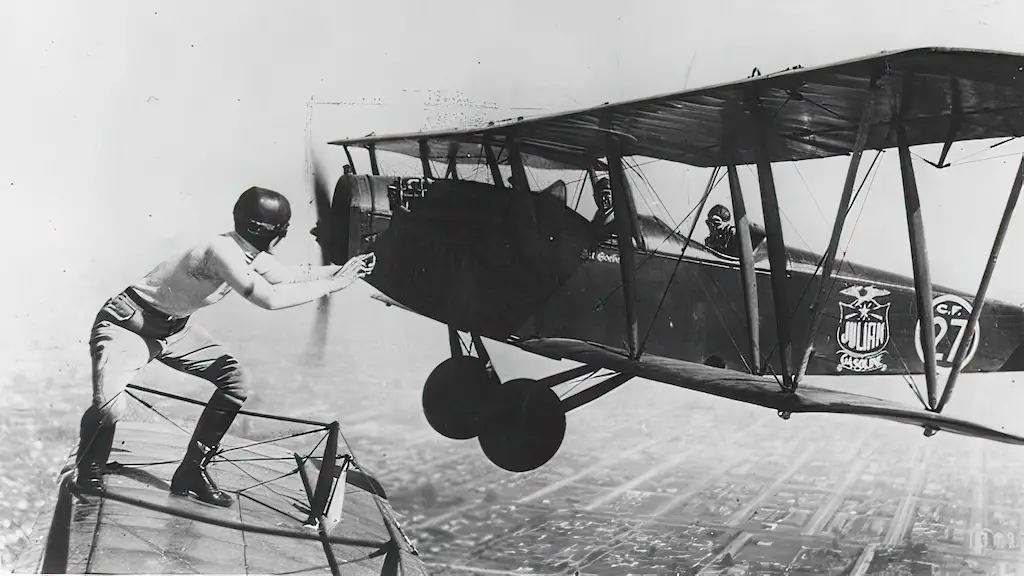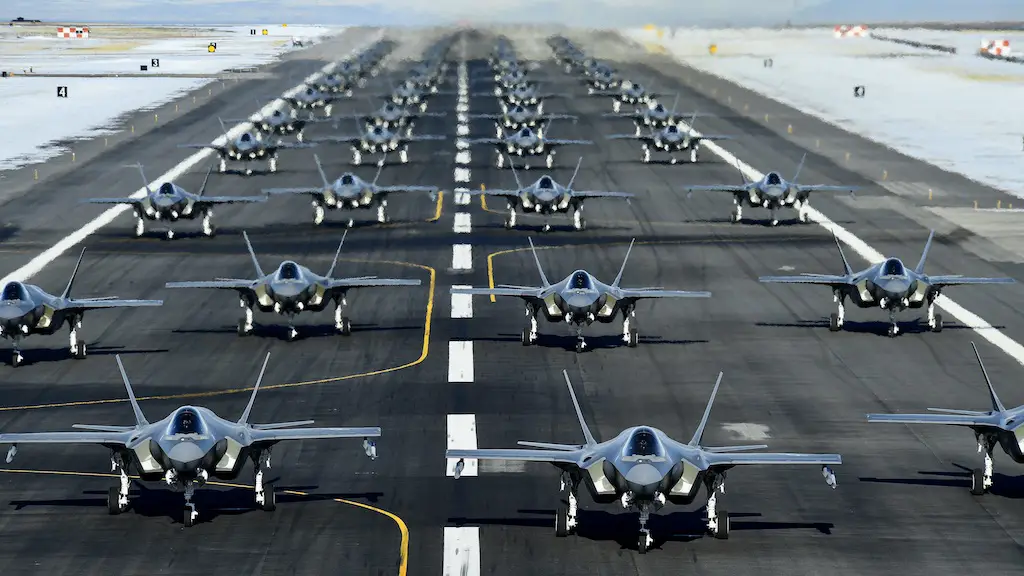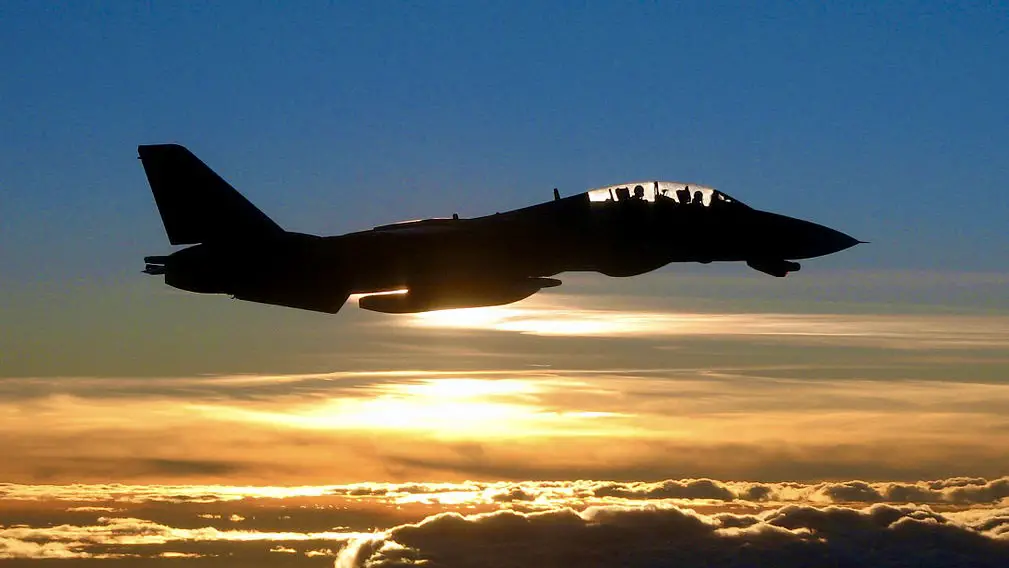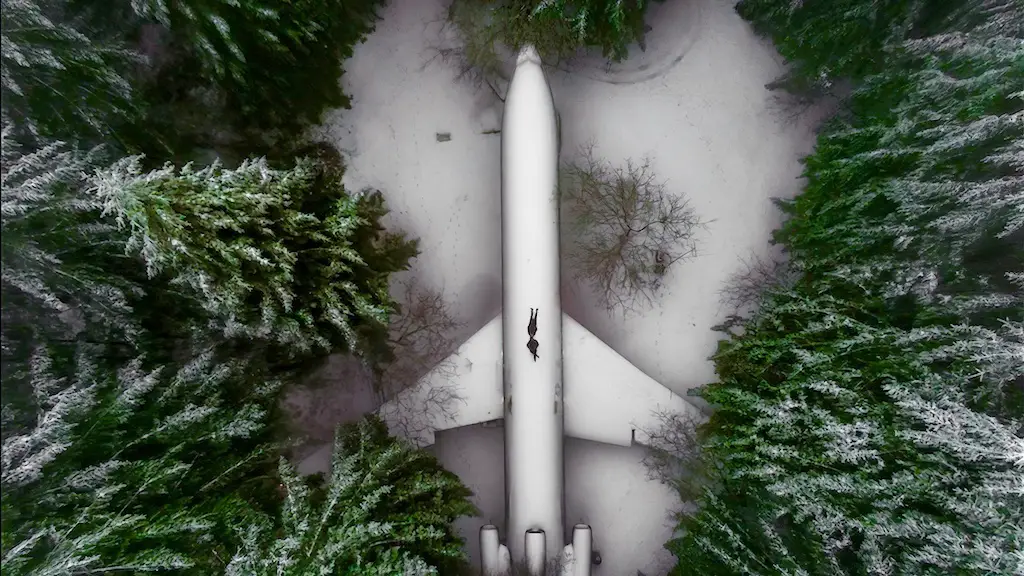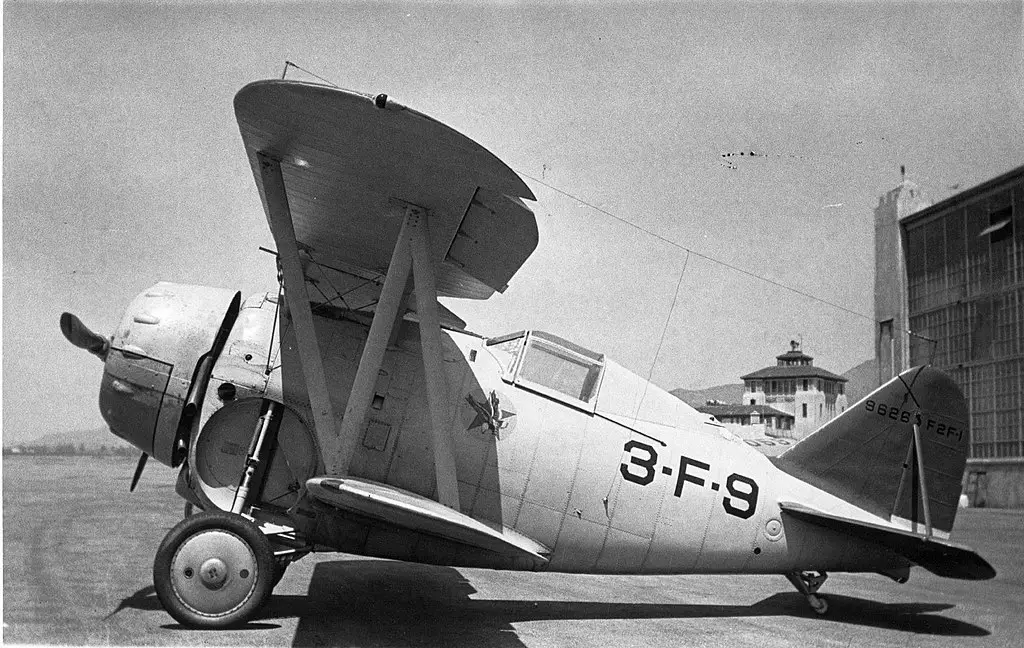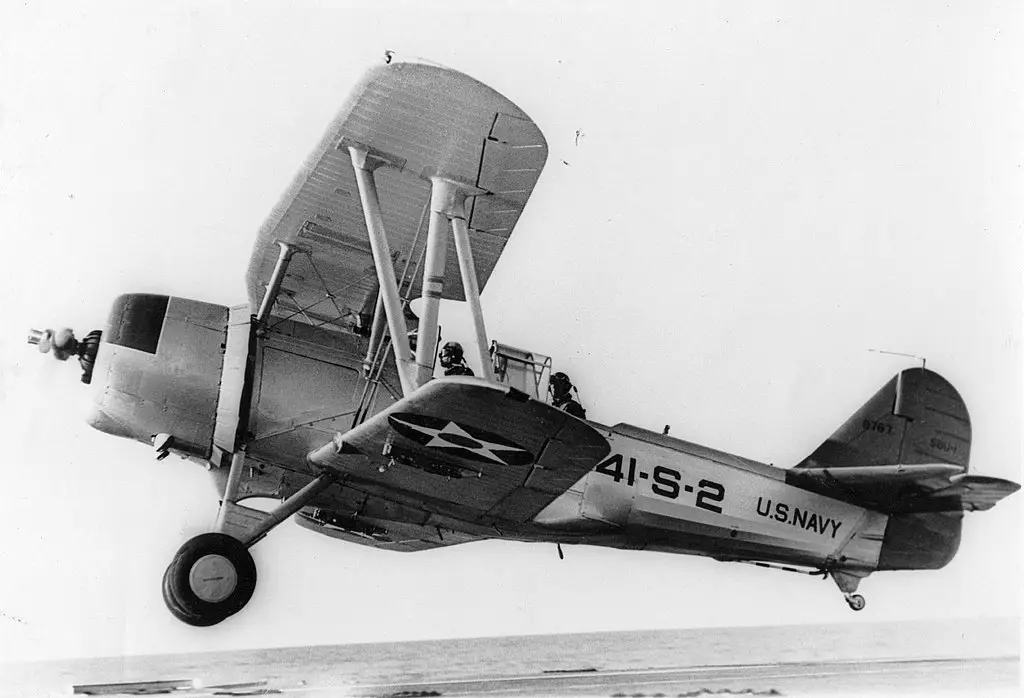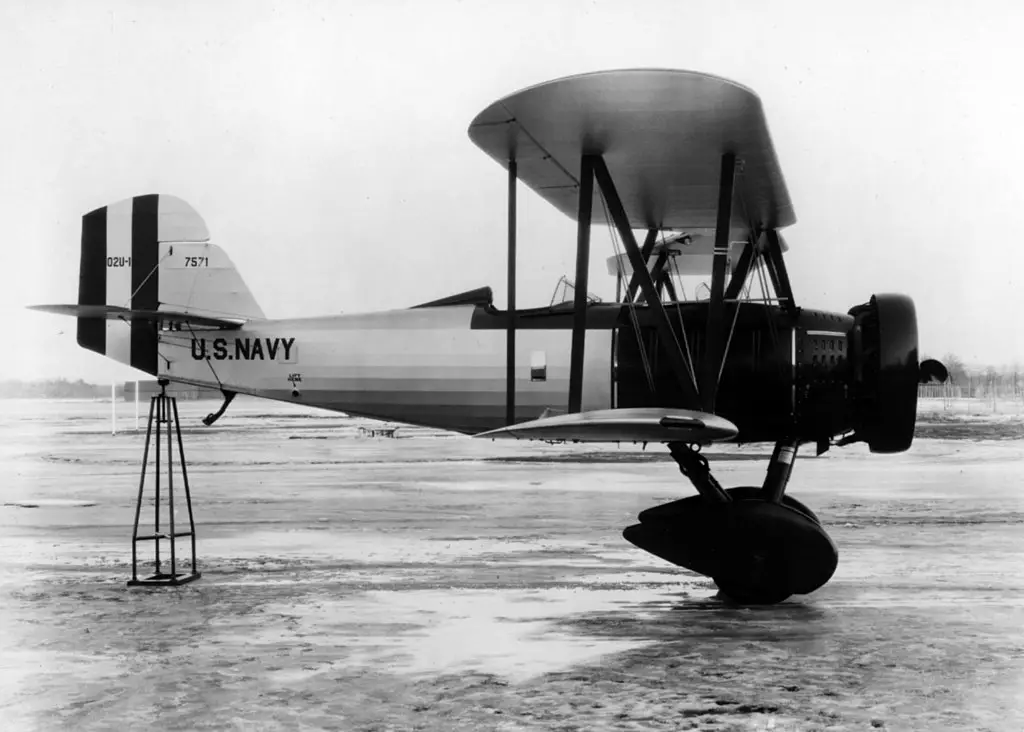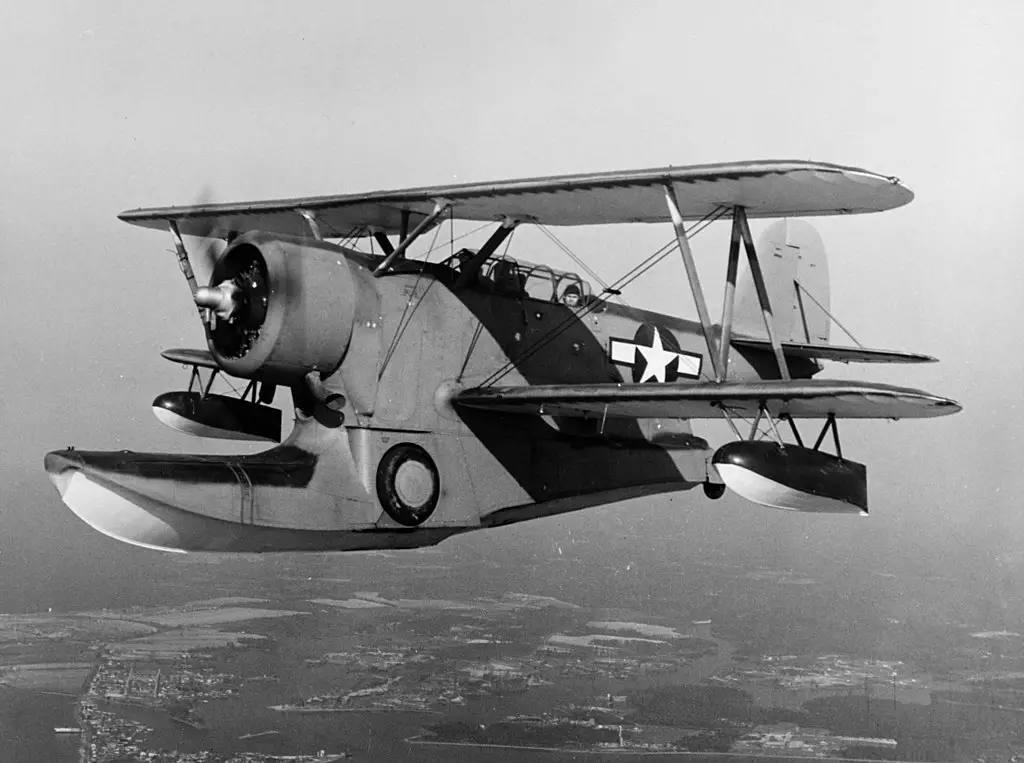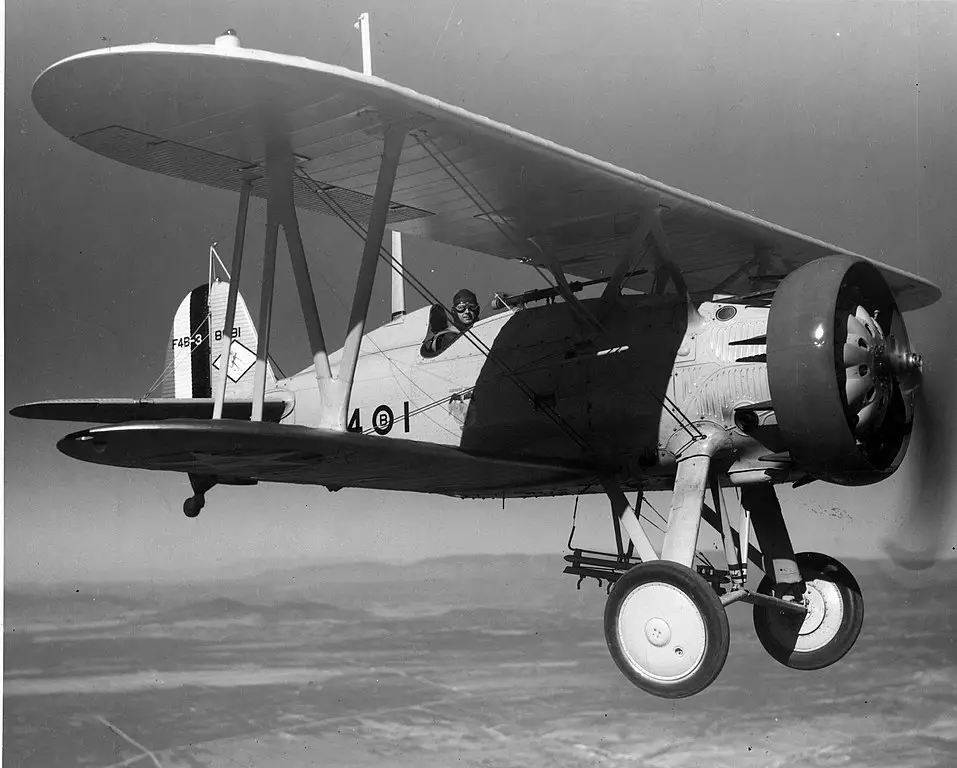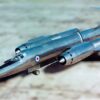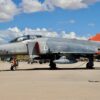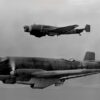USS Lexington “Lady Lex” Found
The wreckage of the aircraft carrier USS Lexington, which was sunk by the Japanese in a pivotal sea battle, has been identified by an expedition supported by Microsoft co-founder Paul Allen. The Lexington was wrecked by the enemy and destroyed on May 8, 1942, during the Battle of the Coral Sea. The expedition team reported that the Lexington’s wreckage was discovered on Sunday on the seafloor more than 800 kilometers off the east coast of Australia.
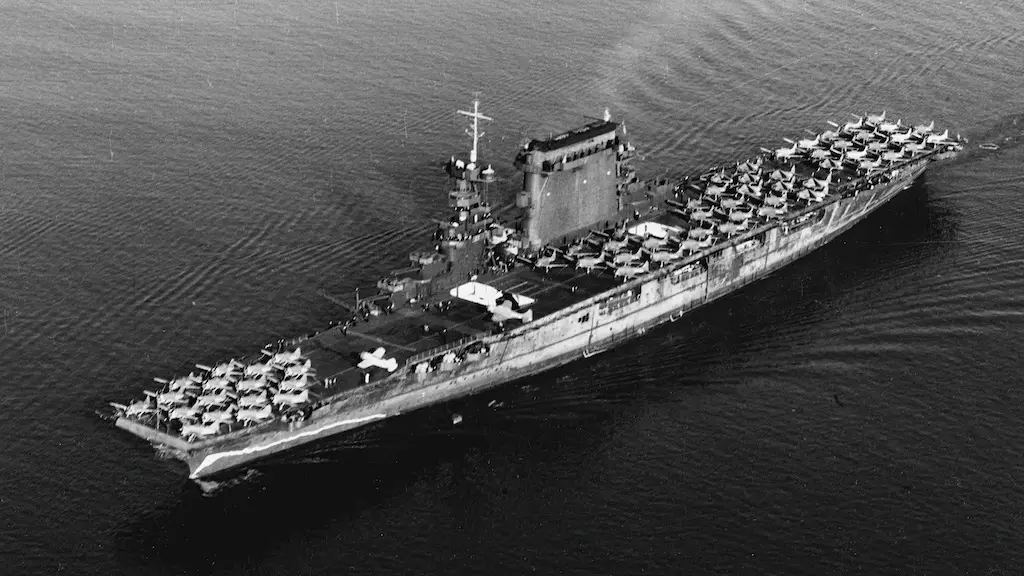
“To pay tribute to the USS Lexington and the brave men that served on her is an honor,” Allen said on his website. “As Americans, all of us owe a debt of gratitude to everyone who served and who continue to serve our country for their courage, persistence and sacrifice.”
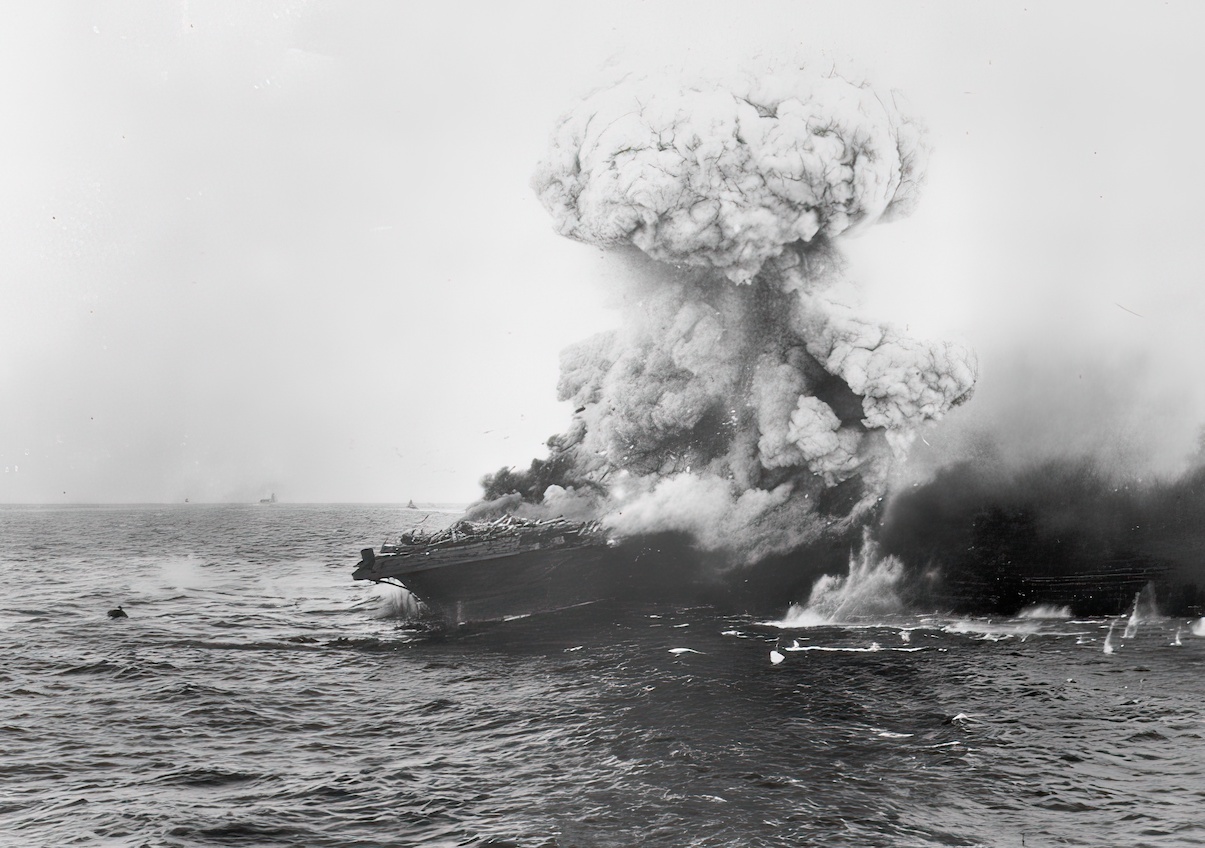
Her History
Originally known as CC-1, Lexington (CV-2) was commissioned on December 14, 1927, with Captain Albert W. Marshall in command. It was laid down as a battle cruiser on January 8, 1921, by Fore River Shipbuilding Co. in Quincy, Massachusetts, and was authorized to be finished as an aircraft carrier on July 1, 1922.
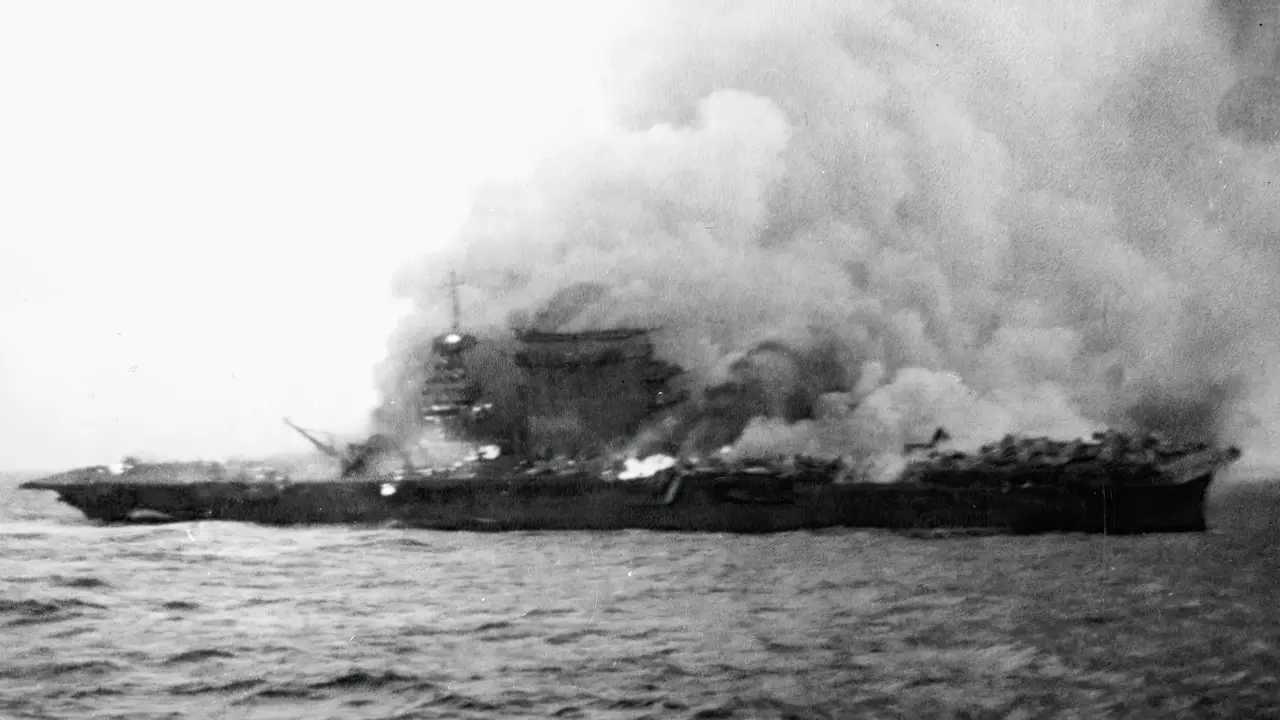
Lexington joined the battle fleet after fitting out and shakedown. She conducted operations on the west coast with the Battle Fleet, aircraft squadrons, in-flight training, tactical drills, and battle issues. In addition, she participated in fleet exercises in the Hawaiian Islands, the Caribbean, the Panama Canal Zone, and the eastern Pacific.
Pearl Harbor
When word of the Japanese attack on Pearl Harbor arrived, Lexington and TF 12 were at sea with marine aircraft being transported from Pearl Harbor to bolster Midway. She launched search planes right away to look for the Japanese fleet. At midday, she sailed south to meet up with Indianapolis and Enterprise task groups to conduct a search southwest of Oahu until she arrived back at Pearl Harbor on December 13.
The following day, Lexington went to raid the Japanese forces on Jaluit to alleviate pressure on Wake; however, on December 20, these orders were revoked, and she was instead sent to cover the Saratoga force in fortifying Wake. The two carrier forces were called back to Pearl Harbor on December 23, where they arrived on December 27.
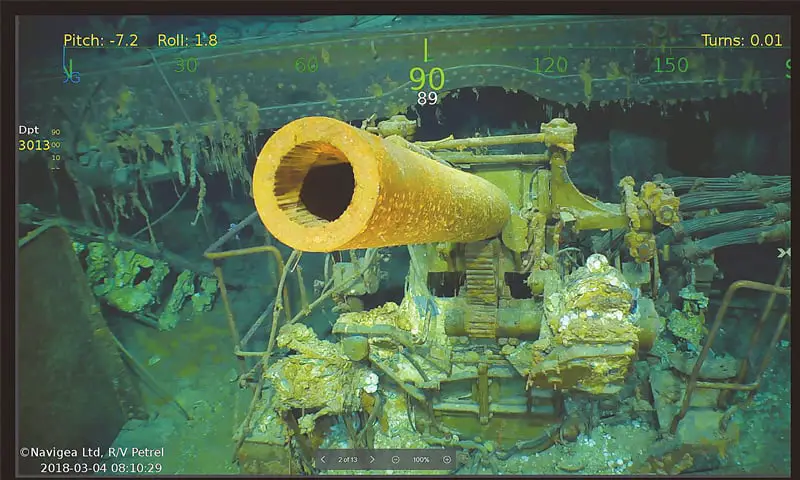
Until January 11, 1942, when she departed from Pearl Harbor as Vice Adm. Wilson Brown’s flagship for Task Force 11, Lexington patrolled to prevent enemy raids in the Oahu Johnston-Palmyratriangle. As the force prepared to attack Rabaul and New Britain on February 21 and February 16, respectively, Lexington came under attack from two waves of enemy planes, each consisting of nine aircraft. Seventeen of the attackers were splashed by the carrier’s combat air patrol and antiaircraft fire. Lt. E. H. (Butch) O’Hare received the Medal of Honor for shooting down five aircraft in a single sortie.
The Battle of the Coral Sea
The engagement prevented a Japanese assault that might have cut off Allied maritime supply routes to Australia and New Guinea and damaged two Japanese carriers, paving the way for a more decisive American victory at sea a month later at the Battle of Midway. In addition, the naval confrontation is notable for being the first time carrier-launched aircraft were used to conduct strikes by opposing ships without coming within visual range of one another.
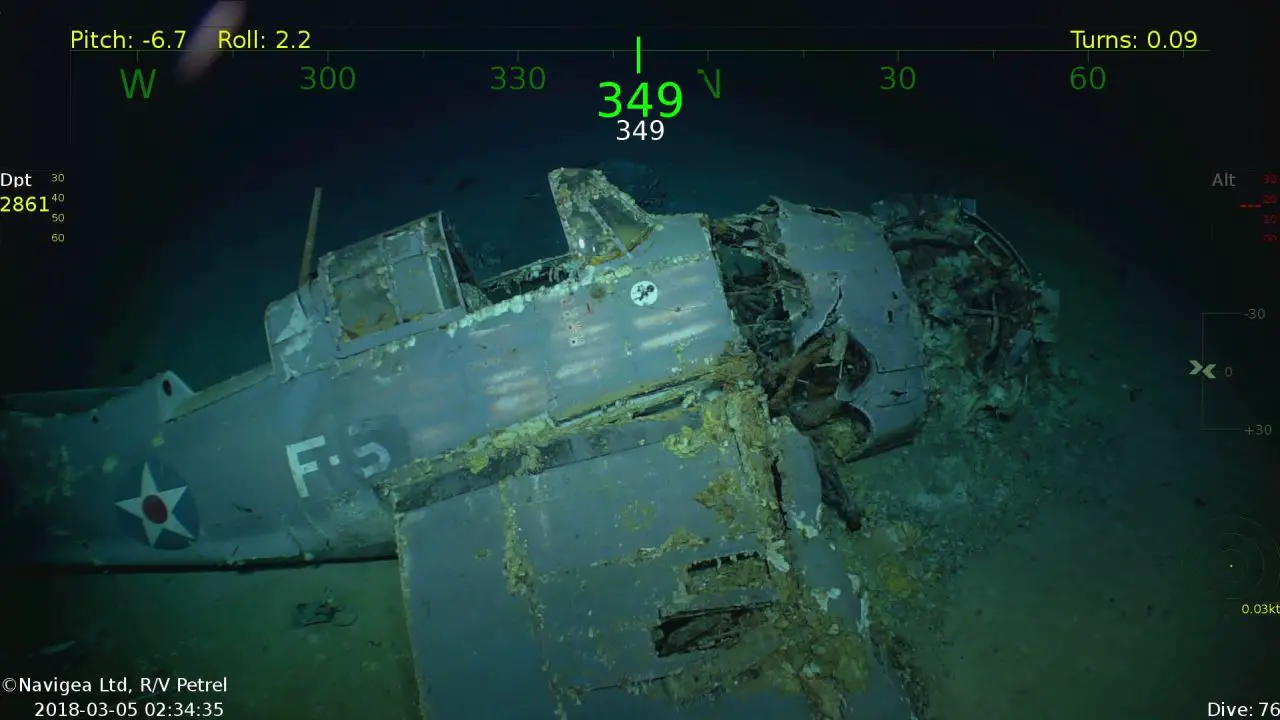
Bombs and torpedoes severely damaged the Lexington, but the order to abandon the ship wasn’t given until a subsequent explosion started an uncontrollable fire. As a result, 2,770 additional crew members were successfully evacuated before its sister ship, the destroyer USS Phelps, fired torpedoes to send it to the ocean’s bottom, but 216 crewmen lost their lives in the incident.
The Carrier is Still Carrying Aircraft
According to the team, the ship sank with 35 planes on board, 11 of which his team had already located. While the exact aircraft were not specified, the carrier’s deck arrangement may give some clues.
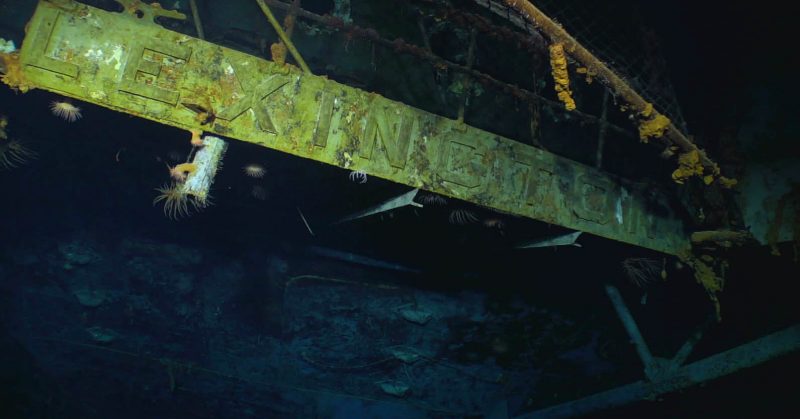
She had nine F2Fs in reserve in addition to the 18 Grumman F2F-1 and 18 Boeing F4B-4 fighters. In addition, 20 Vought SBU Corsair dive bombers, ten spares, 18 Great Lakes BG torpedo bombers, and nine spares delivered the offensive punch. Other aircraft included three operational and one spare Vought O2U Corsair observation aircraft, two Grumman JF Duck amphibians, and one in reserve. There were 79 aircraft in total, including 30 spares.

